14 Unstoppable Animals That Can Survive Just About Anything
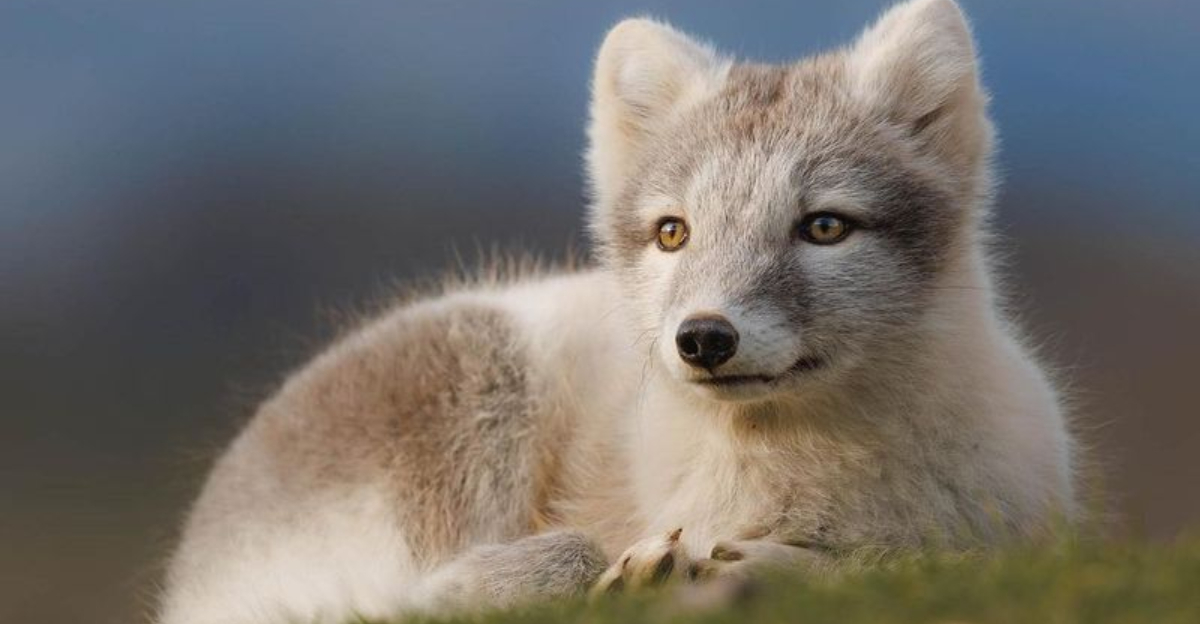
In the kingdom of life, there are creatures that defy the odds and endure the harshest conditions imaginable. Whether it’s extreme temperatures, radiation, or scarcity of resources, these animals have evolved unique adaptations to thrive where others would perish.
Their resilience is both awe-inspiring and a testament to the wonders of nature. Join us as we explore incredible animals that seem to possess an indomitable spirit, each with its own remarkable survival story.
1. Tardigrade
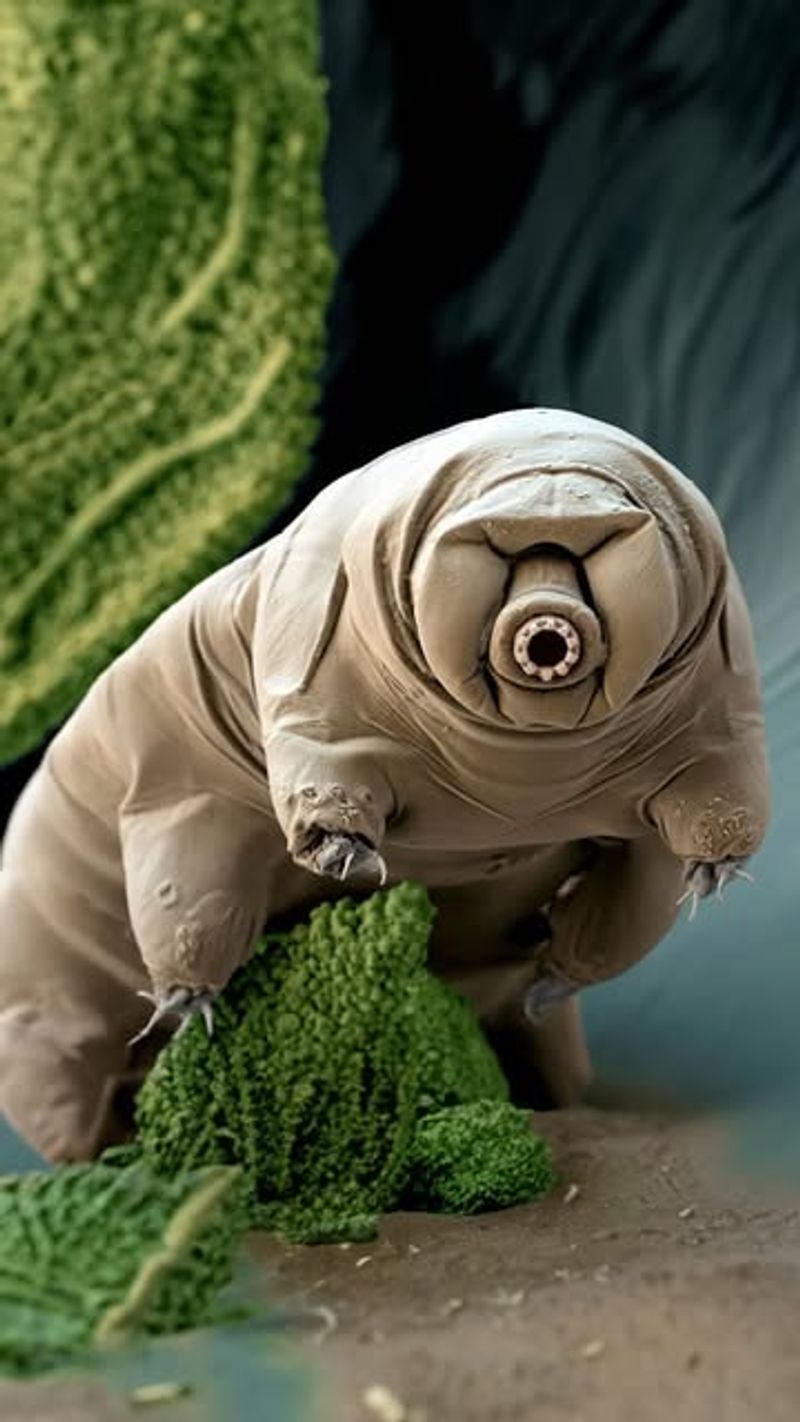
Tardigrades, affectionately known as water bears, are microscopic marvels of endurance. These tiny creatures can survive in extreme conditions that would obliterate most other life forms. They’re found in diverse environments, from the deep sea to mountain tops. One of their most astounding abilities is cryptobiosis, allowing them to suspend their metabolism and endure extreme temperatures, radiation, and even outer space.
In a state of cryptobiosis, tardigrades curl into a dehydrated ball, called a tun, and wait for conditions to improve. This unique adaptation enables them to survive almost anywhere on Earth. When rehydrated, they return to their normal, active state.
Their resilience is legendary, making them subjects of numerous scientific studies. Tardigrades have sparked curiosity about the potential for life beyond Earth, as their ability to survive in space suggests intriguing possibilities. Despite their toughness, these creatures are harmless and often overlooked, living quietly in mosses and lichens.
2. Immortal Jellyfish
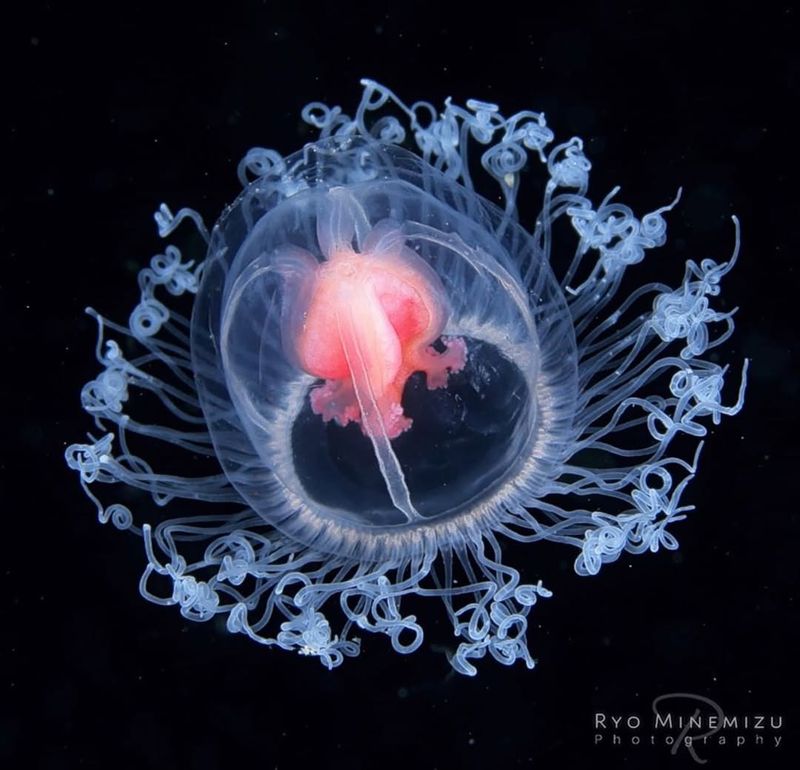
The immortal jellyfish, Turritopsis dohrnii, challenges the very concept of aging. This tiny sea creature has the remarkable ability to revert its cells to an earlier state, effectively resetting its biological clock. When faced with environmental stress or threats, it can transform back into a polyp, the earliest stage of its life cycle.
This process of transdifferentiation allows the jellyfish to potentially live indefinitely, avoiding the natural limitations of aging. Anchored in its genetic makeup, this adaptation offers intriguing insights into cellular regeneration and longevity.
Residing in oceans worldwide, the immortal jellyfish is a beacon of hope for scientists studying aging and medical advancements. Its existence raises profound questions about immortality and the possibilities for extending life. Though often unnoticed, this jellyfish’s life cycle is a fascinating dance of transformation and survival.
3. Cockroach
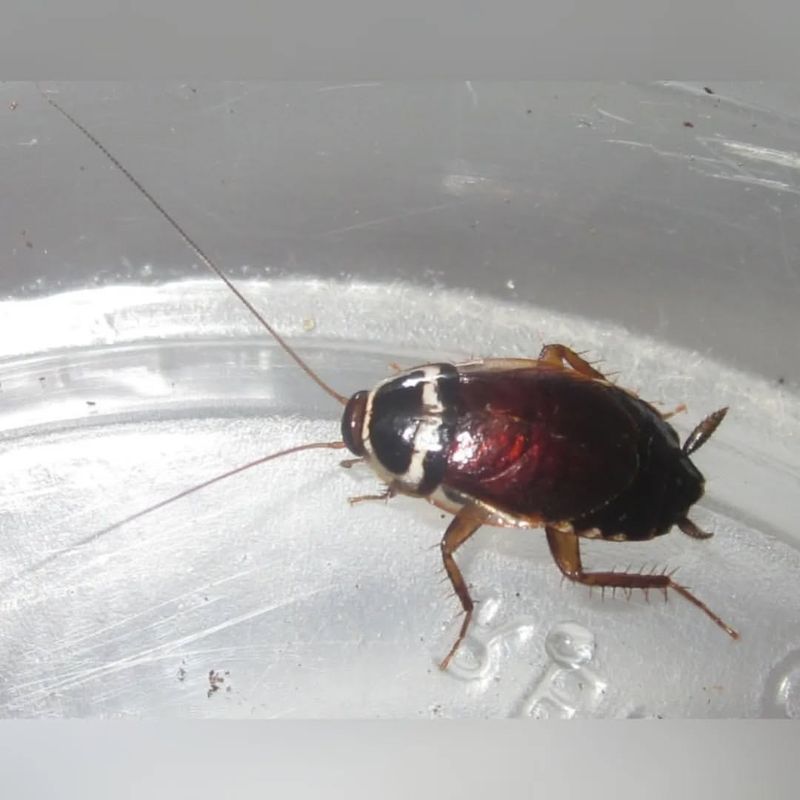
Few creatures elicit such visceral reactions as the cockroach, yet their survival skills are unparalleled. These insects have been around since the time of dinosaurs, adapting to various environments and thriving in even the most unsanitary conditions. Roaches can withstand radiation levels up to 15 times higher than humans, making them potential survivors of nuclear fallout.
Their resilience is further showcased by their ability to live for weeks without food and survive decapitation for up to a week. Such toughness stems from a simple nervous system and a slow metabolism.
While often unwelcome guests in human habitats, cockroaches play a crucial role in the ecosystem, breaking down organic matter. Their adaptability and tenacity are both unsettling and awe-inspiring, proving that sometimes, the most reviled creatures are the most enduring.
4. Bdelloid Rotifer
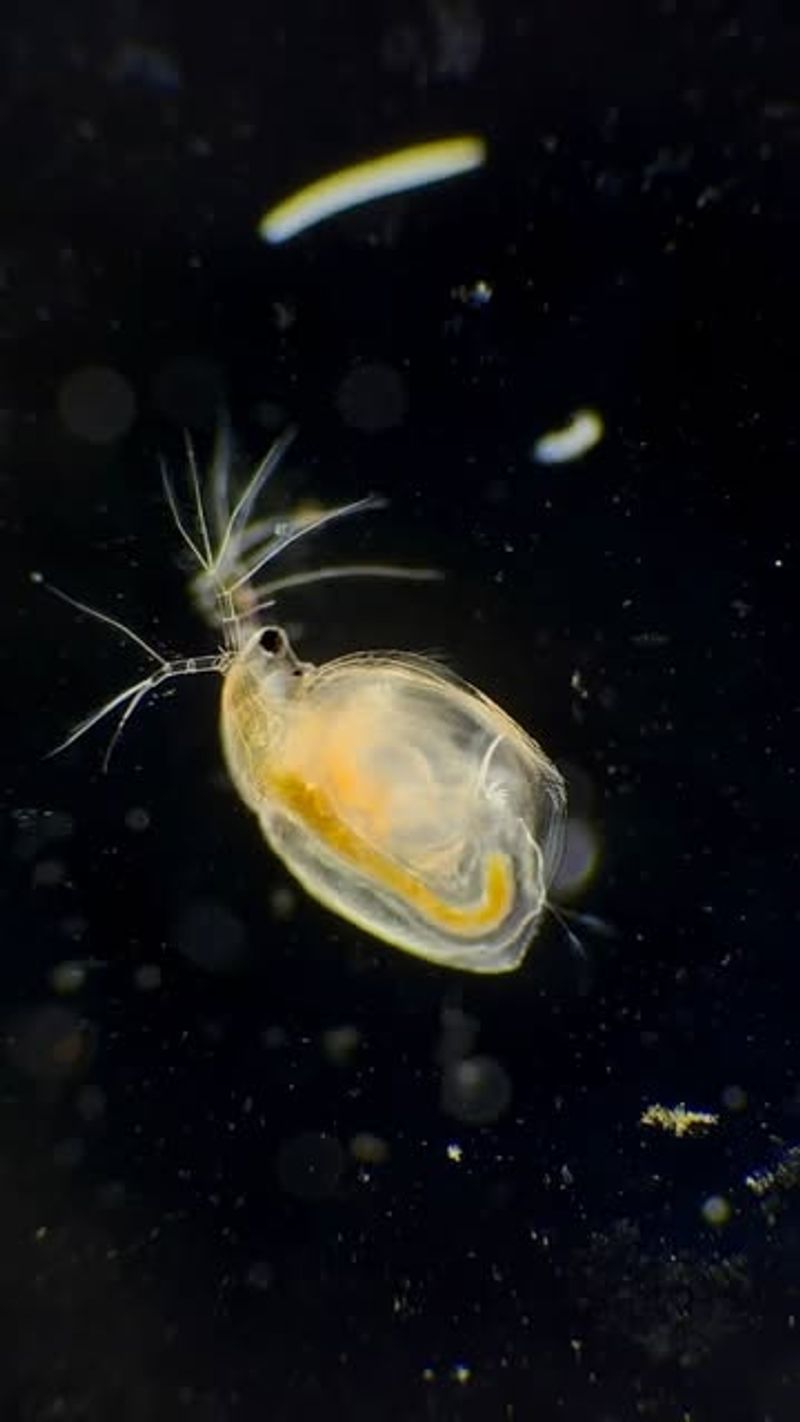
Bdelloid rotifers are microscopic wonders that have thrived for millions of years without sexual reproduction. These tiny creatures, often found in freshwater environments, have perfected a form of asexual reproduction known as parthenogenesis. This allows them to generate offspring from unfertilized eggs, ensuring their survival through time.
Their ability to endure desiccation and rehydrate is a testament to their resilience. When faced with harsh conditions, they dry out and enter a state of dormancy, only to spring back to life when water returns.
The evolutionary success of bdelloid rotifers is a topic of scientific intrigue. Despite their unusual reproductive strategy, they have diversified into hundreds of species. Their existence challenges conventional understanding of evolution, highlighting the ingenuity of life in surviving against all odds. In their microscopic world, bdelloid rotifers reign supreme, quietly persisting through the ages.
5. Wood Frog
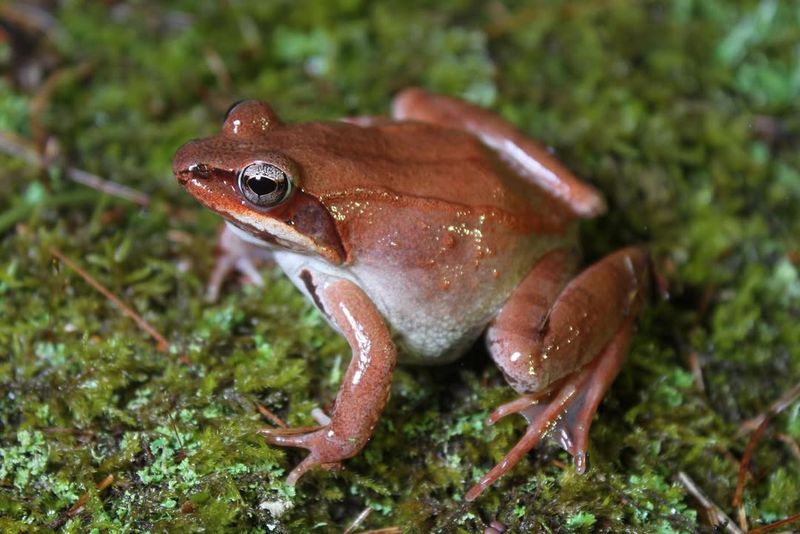
The wood frog has mastered the art of freezing and thawing in a magical cycle of survival. Found in North America’s forests, this remarkable amphibian can survive being frozen solid. During winter, ice forms in its body cavity while its organs are protected by glucose, acting like antifreeze.
As temperatures drop, the wood frog’s heart stops, and it ceases breathing. When spring arrives, the frog thaws and returns to life, resuming its normal activities as if awakening from a deep sleep.
This extraordinary adaptation allows the wood frog to inhabit regions with harsh winters, where other amphibians fear to tread. Its ability to freeze and thaw without harm is a marvel of nature, offering insights into cryopreservation and the mysteries of life and death.
6. Naked Mole Rat
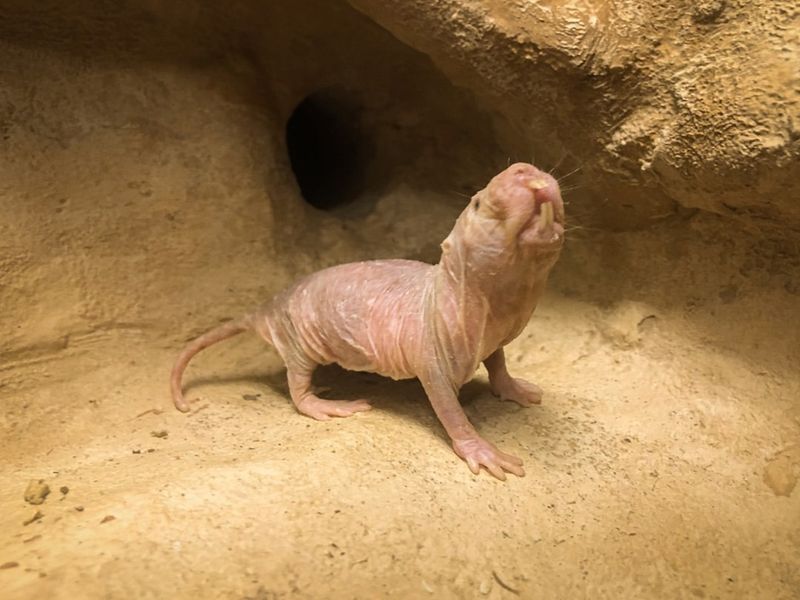
Beneath the arid landscapes of East Africa, the naked mole rat thrives in a subterranean kingdom. These peculiar rodents defy the rules of mammalian biology, displaying traits that make them nearly indestructible. They are resistant to cancer, can survive without oxygen for extended periods, and live remarkably long lives for rodents.
Their social structure resembles that of bees, with a single breeding queen and cooperative colonies. Naked mole rats have adapted to their underground existence with low metabolic rates and efficient thermoregulation, allowing them to thrive in harsh conditions.
These creatures challenge our understanding of aging and disease resistance, offering valuable insights into medical research. In their underground world, naked mole rats reign supreme, proving that beauty is more than skin deep.
7. Antarctic Icefish
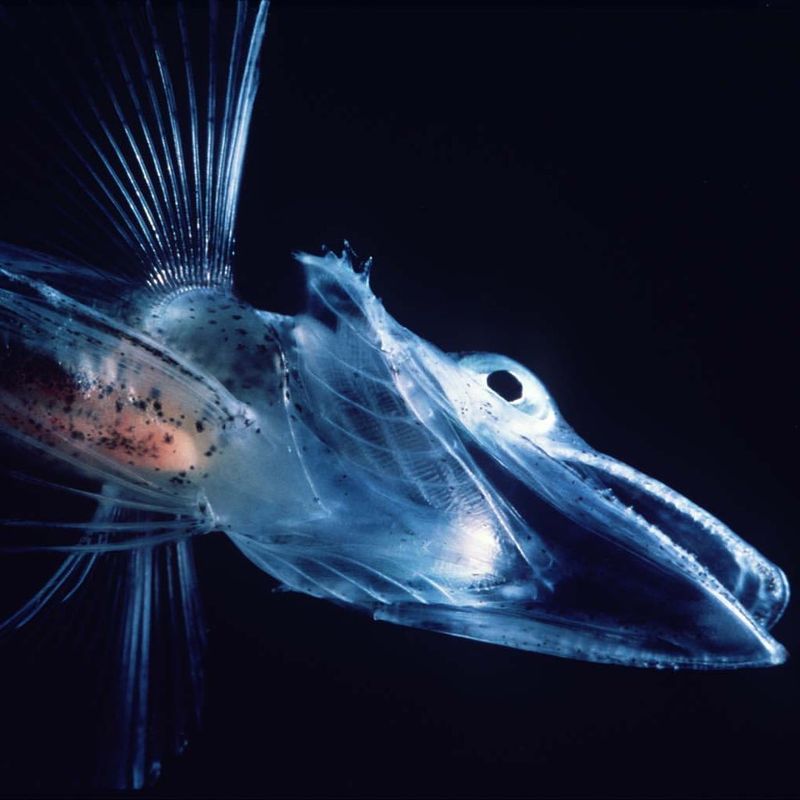
In the icy waters of Antarctica, the Antarctic icefish carves out an existence against the odds. Unlike most fish, icefish lack red blood cells, giving them a ghostly appearance. Instead, they rely on a unique protein that acts like antifreeze, preventing their blood from freezing in sub-zero temperatures.
This adaptation allows them to thrive in one of the harshest environments on Earth, where few animals dare to venture. The icefish’s transparent blood is a marvel of evolution, enabling efficient oxygen absorption and survival in the cold depths.
Their existence offers clues to physiological adaptations and the potential for life in extreme conditions. The Antarctic icefish may not win any beauty contests, but their survival is a testament to nature’s ingenuity and the persistence of life in the face of adversity.
8. Camel
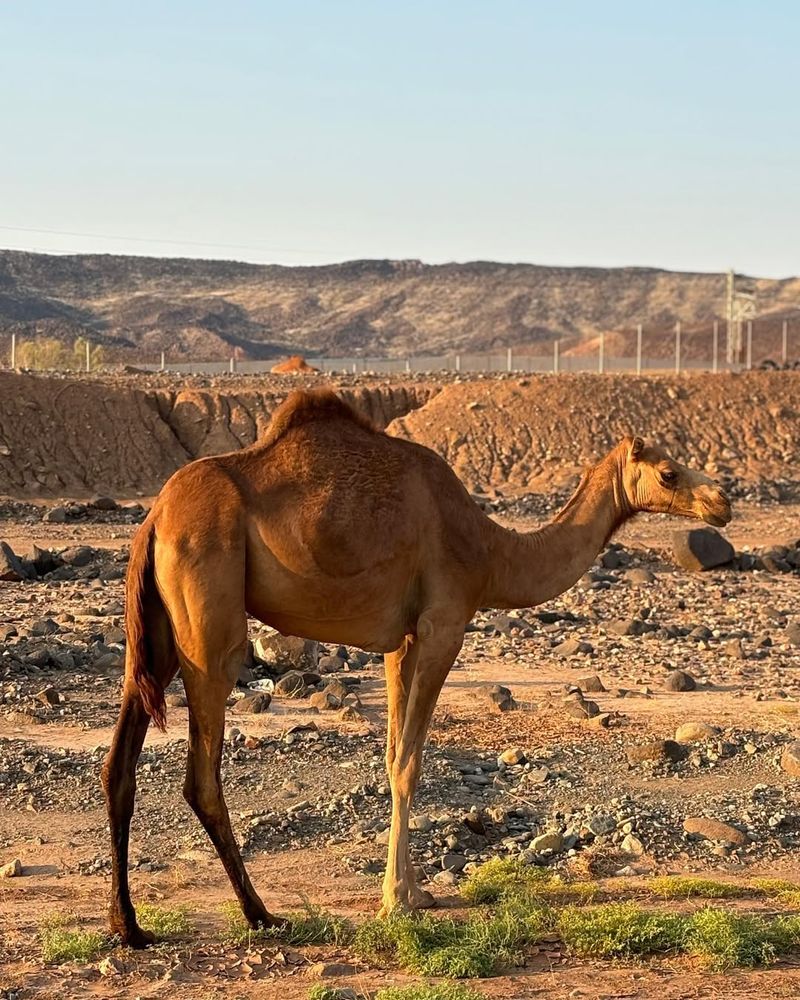
Camels have earned their reputation as the ships of the desert, withstanding extreme heat and scarcity of water. Their iconic humps store fat, not water, providing energy reserves that allow them to travel long distances without sustenance. Additionally, camels can drink up to 40 gallons of water in one sitting, rehydrating with remarkable efficiency.
Their ability to endure harsh desert climates is further enhanced by specialized adaptations, like thick fur to protect from the sun and large, flat feet for walking on sand. Camels’ nostrils can close to keep out sand, and their eyes are shielded by long lashes.
Beyond their physical adaptations, camels have a unique temperament, known for their calm demeanor and endurance. They have been indispensable to human societies for millennia, proving that in the desert, survival is a blend of biology and companionship.
9. Pompeii Worm
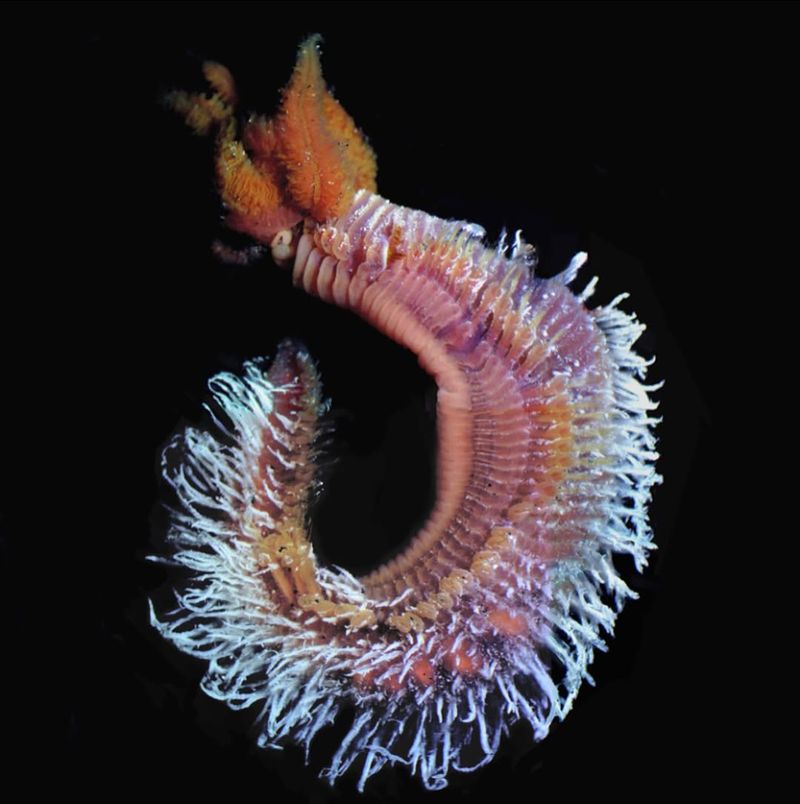
The Pompeii worm resides in one of the most extreme habitats on Earth, thriving near hydrothermal vents in the ocean’s abyss. These deep-sea creatures withstand scorching temperatures that would cook most other organisms. Their survival strategy involves a symbiotic relationship with bacteria covering their bodies.
The bacteria form a protective layer, insulating the worms from the intense heat. In return, the worms provide nutrients to the bacteria, creating a remarkable partnership that benefits both parties.
Living in perpetual darkness, Pompeii worms exemplify nature’s resilience in the face of adversity. Their existence challenges our understanding of life’s boundaries and underscores the incredible adaptations of deep-sea organisms. In the dark depths, these worms are true survivors, thriving where few dare to venture.
10. Raccoon
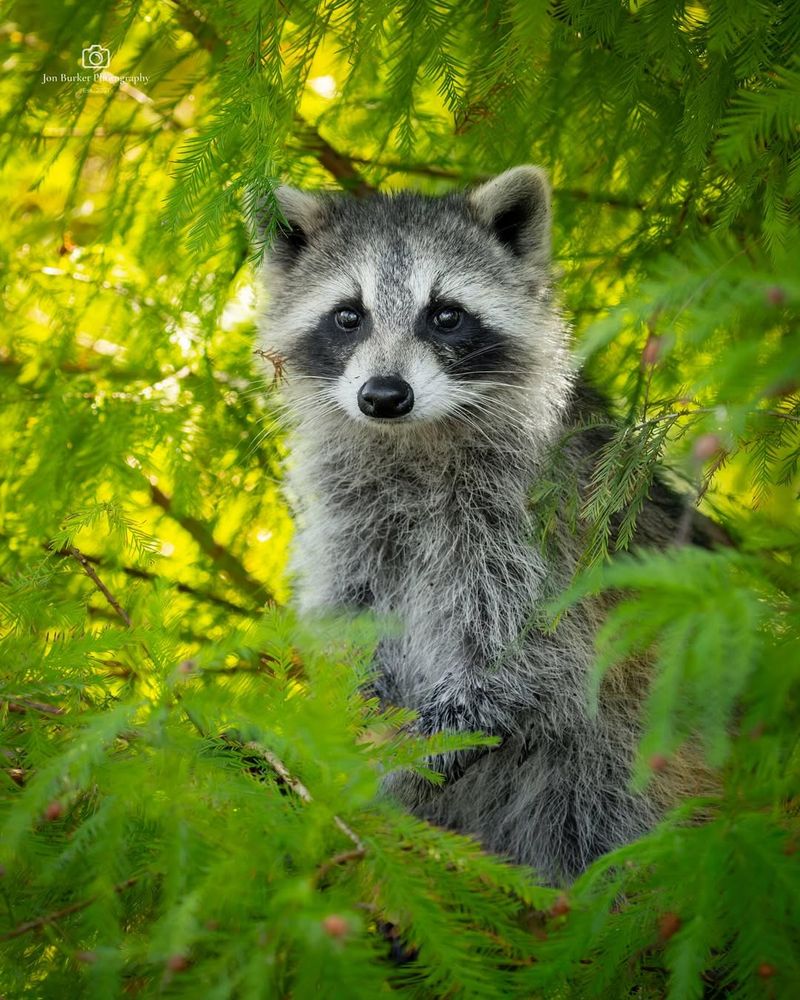
Raccoons are the mischievous bandits of the animal kingdom, known for their adaptability and resourcefulness. These masked critters thrive in both wild and urban environments, displaying a knack for survival that borders on genius. Their diet is incredibly varied, allowing them to eat almost anything, from fruit to garbage.
Their dexterous front paws enable them to manipulate objects and open containers, much to the chagrin of suburban homeowners. Raccoons’ intelligence is matched by their curiosity, making them both endearing and exasperating.
Raccoons’ ability to adapt to changing environments is a testament to their evolutionary success. Their nocturnal adventures and clever antics have made them subjects of urban legends and admiration, proving that sometimes, the greatest survivors are those who refuse to play by the rules.
11. Polar Bear
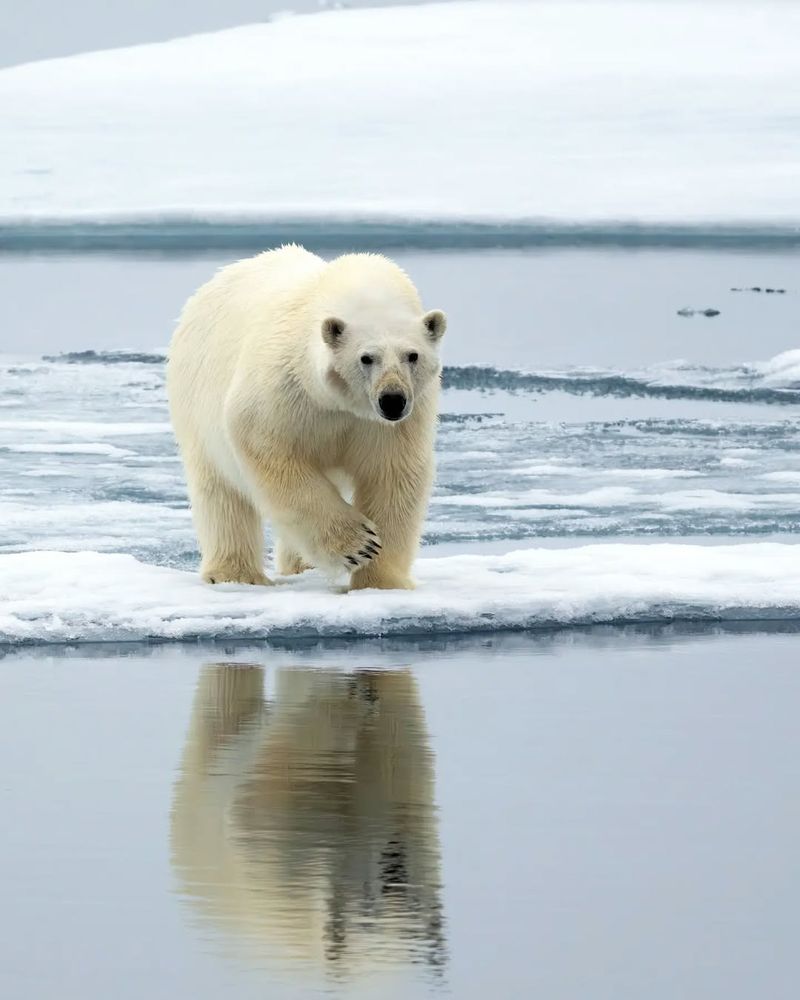
The polar bear, a symbol of the Arctic wilderness, is built for survival in one of the harshest climates on the planet. With a thick layer of blubber and dense fur, these majestic creatures are insulated against extreme cold. Their large paws act like snowshoes, distributing their weight and allowing them to traverse ice and snow with ease.
Polar bears are expert hunters, relying on stealth and strength to catch their prey, primarily seals. Their acute sense of smell guides them in their vast icy habitat, helping them track food across great distances.
Despite their prowess, polar bears face significant challenges due to climate change and melting ice. Their ability to adapt to changing conditions will be crucial for their future survival. In the frozen north, polar bears are the epitome of resilience, navigating a landscape both beautiful and unforgiving.
12. American Alligator
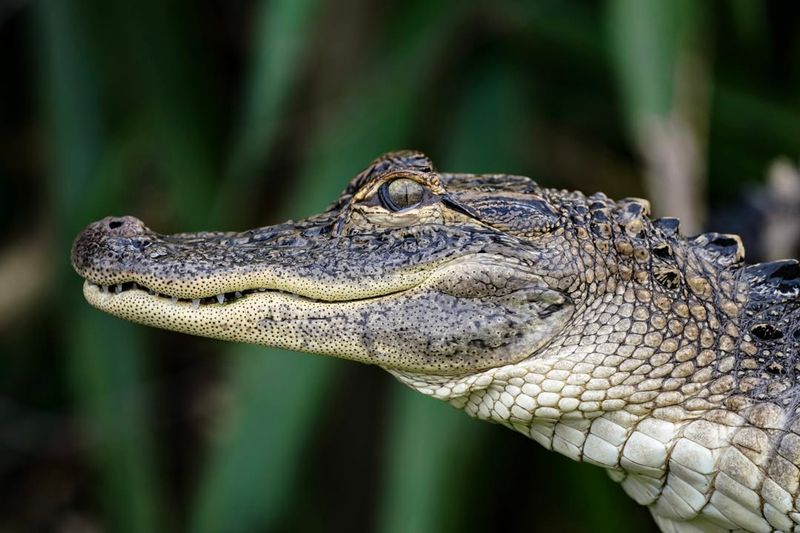
In the swamps and marshes of the southeastern United States, the American alligator reigns supreme. This ancient reptile, a living dinosaur, has survived for millions of years, thanks to its formidable adaptations. Alligators possess powerful jaws and a keen sense of hearing, making them efficient predators.
Their armored bodies provide protection, while their ability to regulate body temperature allows them to thrive in various climates. During colder months, alligators enter brumation, a state of dormancy similar to hibernation, conserving energy until conditions improve.
Though often feared, alligators play a vital role in their ecosystems, controlling prey populations and maintaining balance. Their survival story is one of strength and adaptation, a reminder that sometimes, the most enduring creatures are those with the fiercest bite.
13. Sea Cucumber
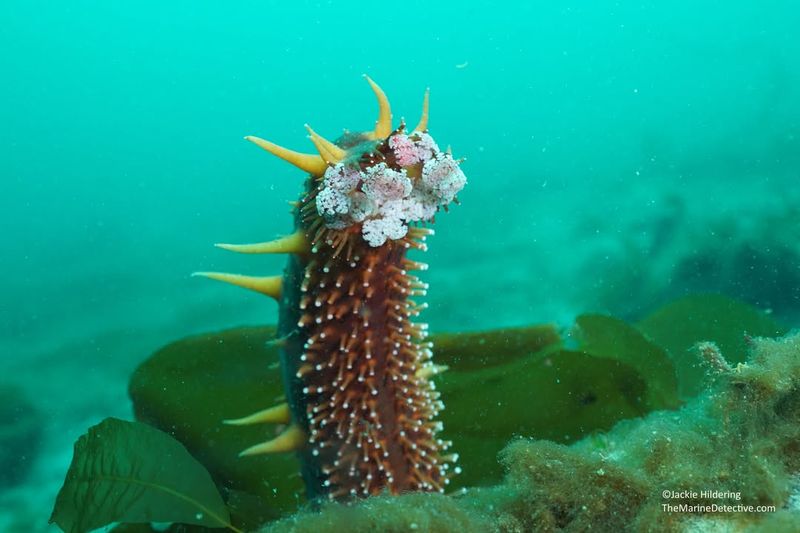
Sea cucumbers are the unsung heroes of the ocean floor, playing a crucial role in marine ecosystems. These echinoderms have a unique defense mechanism: when threatened, they can expel their internal organs to deter predators. Remarkably, they regenerate these organs over time, continuing their slow, deliberate existence.
Their feeding process involves ingesting sand and organic material, recycling nutrients and contributing to the health of their environment. Sea cucumbers’ ability to adapt to various conditions makes them resilient survivors in diverse marine habitats.
Often overlooked, these creatures are vital to ocean health, promoting biodiversity and cleaning the seafloor. Their existence highlights the importance of every organism, no matter how unassuming, in the delicate balance of life. In the sea, cucumbers prove that sometimes, the softest creatures have the hardest resolve.
14. Arctic Fox
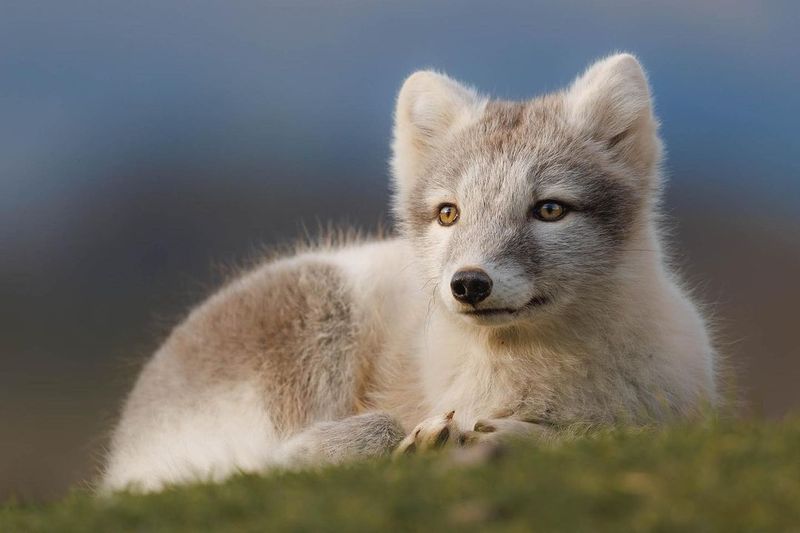
The Arctic fox, with its snow-white fur, is a master of disguise and survival in frigid territories. Its thick coat provides insulation, while its compact body minimizes heat loss. As seasons change, the fox’s fur turns brown, camouflaging it against the summer tundra.
Adapted to extreme cold, Arctic foxes can endure temperatures as low as -50 degrees Celsius. Their keen sense of hearing allows them to locate prey hidden beneath snow, securing food in a barren landscape.
Despite their resilience, Arctic foxes face challenges from climate change and habitat loss. Their survival depends on their adaptability and the preservation of their icy home. In the Arctic’s frozen expanse, these foxes are agile survivors, embodying the spirit of endurance in nature’s toughest classroom.
